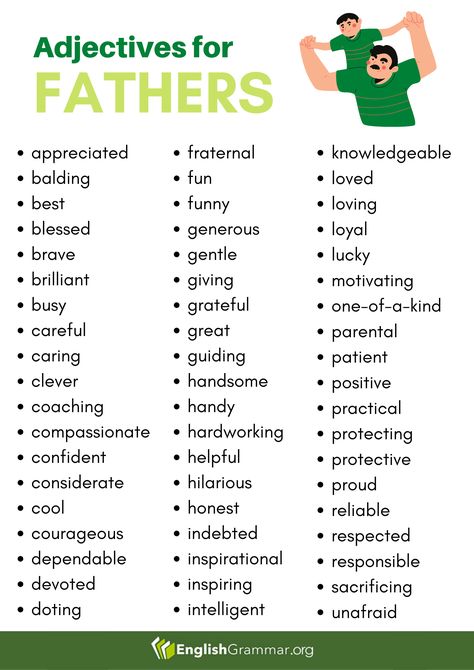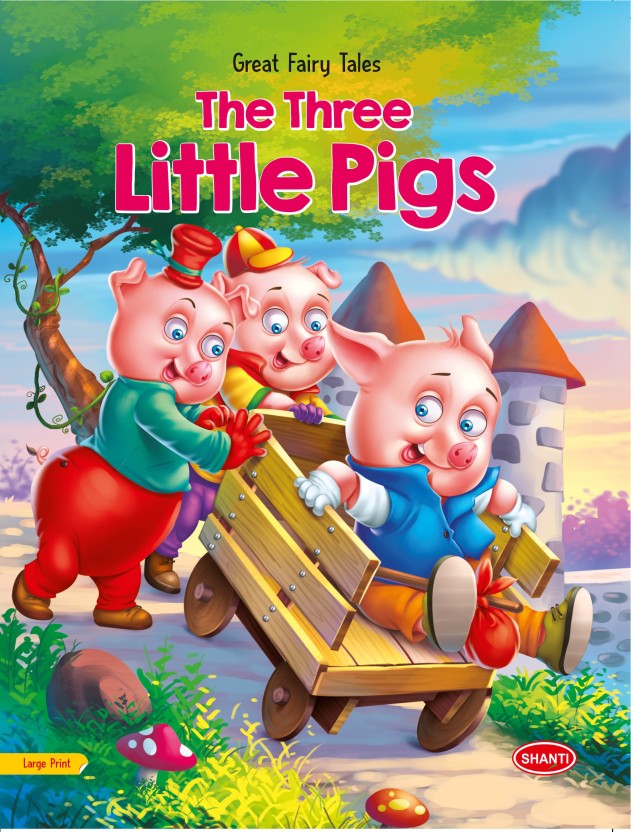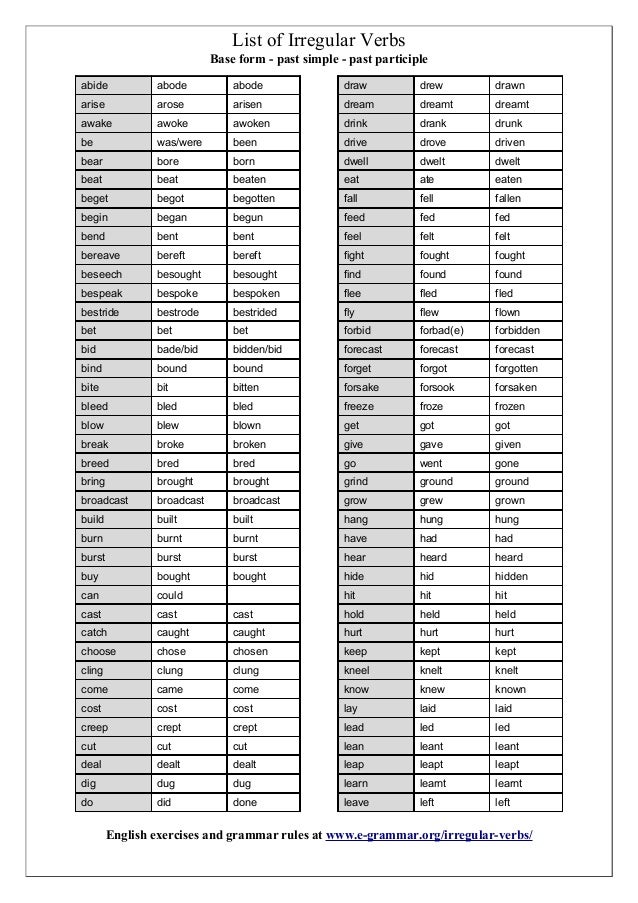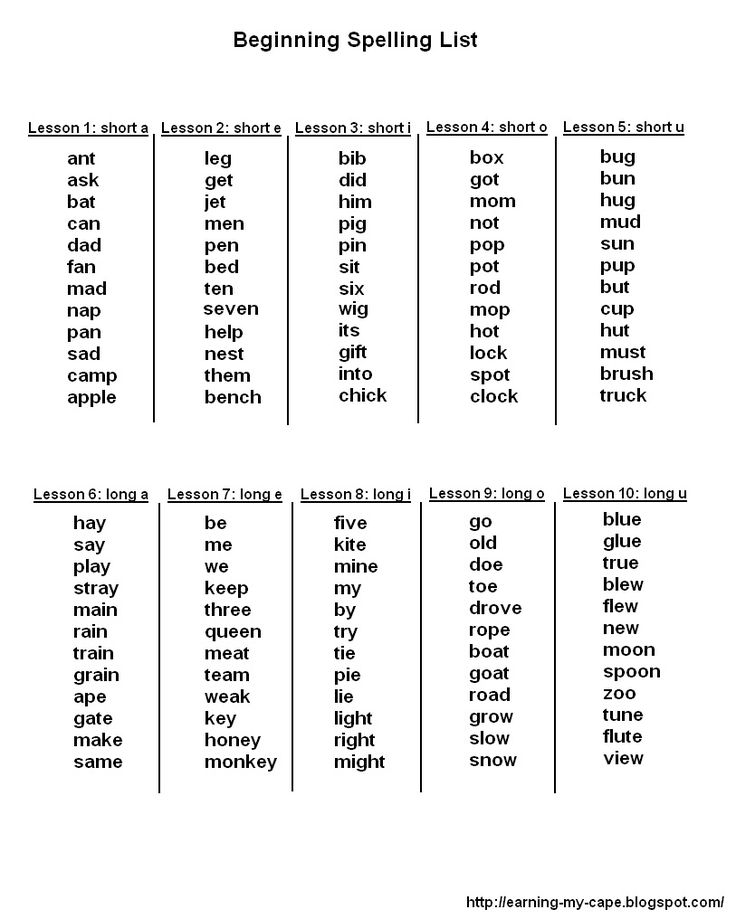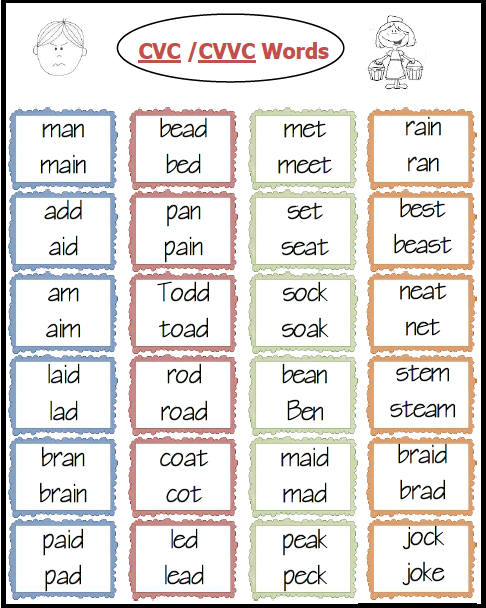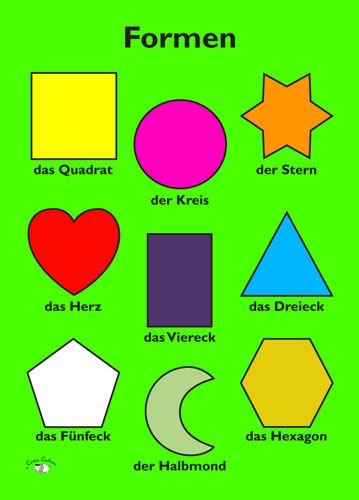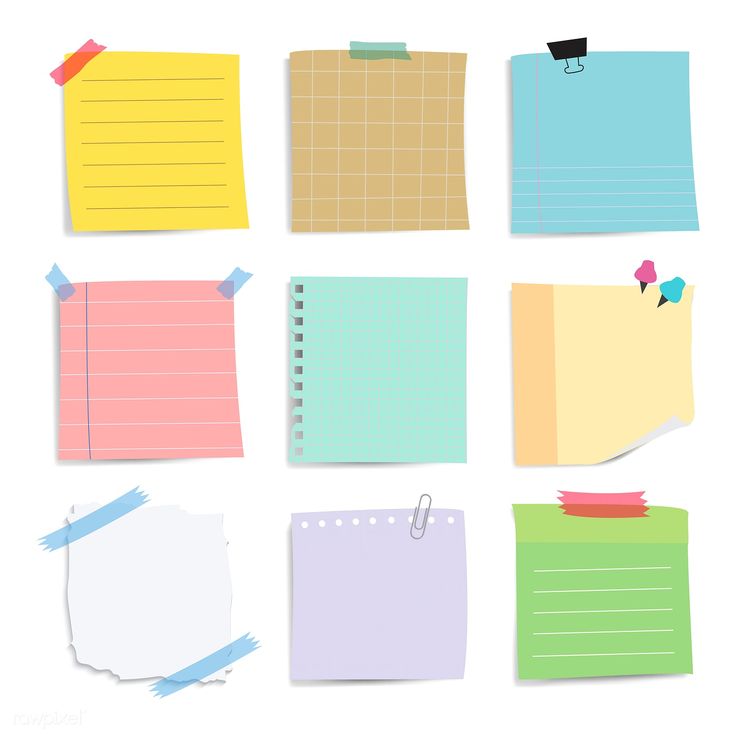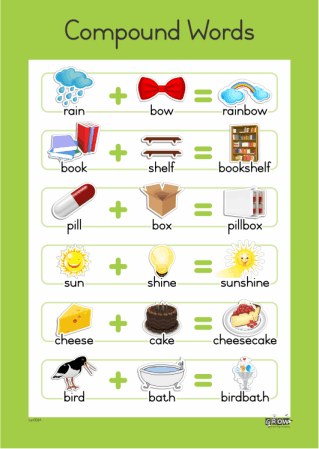How to teach reading and writing
Putting Reading and Writing Together for Struggling Students
It’s not easy to keep struggling students engaged in writing and reading.
Many have started learning the ropes in terms of strategies for reading and writing but haven’t been given enough slack to practice, so they don’t automatically generate purposes for their reading or revise their writing to suit their purpose.
A promising approach (which is featured as a recommendation in the new “Teaching Secondary Students to Write Effectively” practice guide, published by the Institute of Education Sciences in November 2016) is to focus on the features of effective text as a way to integrate reading and writing.
If implemented in a student-centered classroom, this approach can help students build independence—it enables them to take more control over constructing meaning; think more deeply about task, purpose, and audience; and actively identify themselves as readers and writers.
Here are a few strategies you can employ to implement this approach in your classroom:
Emphasize connections between reading and writing. Many educators teach reading and writing separately. However, the practice guide recommends explicitly highlighting the connections between the two subjects.
For example, students can take note of the sensory details they find in closely reading a narrative and apply what they learn to a piece of writing. A related activity would be to ask students to remove the sensory details from a reading and discuss how it impacts the text.
Use cognitive-strategy sentence starters to help students understand what an author is doing. Students respond to starters (such as “The most important message is …” and “I’m getting a different picture here because ...“), and in the process, they learn to identify as both a reader and writer.
When you connect reading and writing in the classroom, take advantage of every opportunity to build your students’ confidence—when they read, they should feel that understanding the text is their most important job, and when they write, they should know they are in charge of creating a connection with their readers.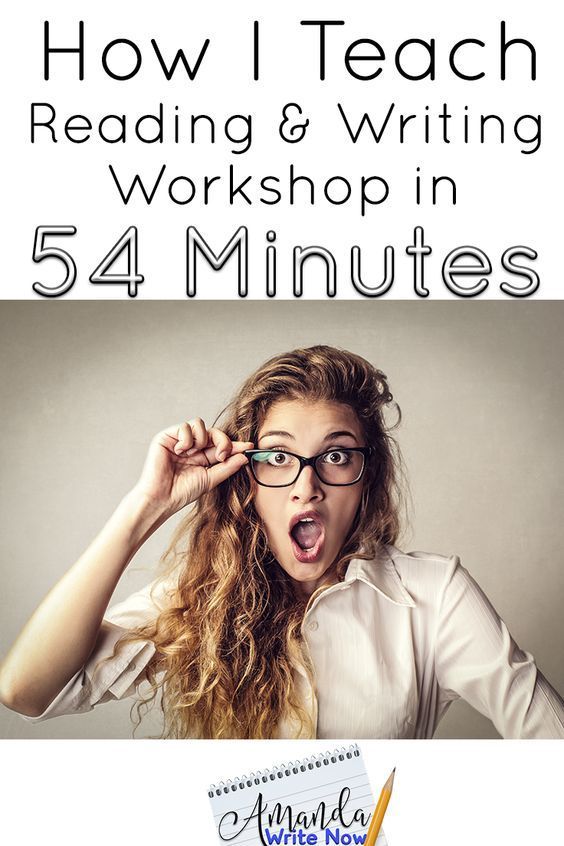
It’s empowering stuff.
Use mentor texts. Have your students read texts that demonstrate the qualities of effective writing (also known as exemplar texts). Let them tell you, in their own words, why they love their favorite books. Then encourage them to get specific. For example, “What in the text helped you believe this author loved the farm where he grew up more than any other place in the world?”
Along those lines, teach your students a clear and specific vocabulary to describe the traits of high-quality writing (such as “ideas,” “organization,” “word choice,” etc.) and show them where to uncover these characteristics in different text types. Use a rubric that gives students the language they need to analyze texts of varying quality so they learn to distinguish what makes a text exemplary.
In addition, study mentor texts with your students. Have them use highlighting or color-coding to identify specific features of effective writing. In an example from the practice guide, students reading a piece of argumentative writing highlight each of the author’s claims in yellow as a way to learn more about how an argument is structured. When your students get a handle on the features they are identifying, they are better able to demonstrate what they’ve learned in their own writing.
When your students get a handle on the features they are identifying, they are better able to demonstrate what they’ve learned in their own writing.
Remember: As you integrate reading and writing in the classroom, be sure to develop students’ ability to independently select and use different strategies to make meaning. Also, don’t be afraid to veer from the strategies and change the task occasionally.
Your goal is active student involvement, which gives students the confidence and capacity to tackle complex reading and writing.
Download the practice guide
The Basics of Teaching Reading and Writing
Teaching reading is a hugely complicated task. So much so that researcher Louisa Moats ended up entitling her influential article "Teaching Reading IS Rocket Science." (This, incidentally, also became the basis for the Reading Rockets name!)
To strengthen your skills in teaching reading and writing, you may want to try our self-paced online course, Reading 101: A Guide to Teaching Reading and Writing
Print Awareness
Print awareness is understanding that print carries meaning, that books contain letters and words, and how a book "works" — such as identifying the front and back covers and that pages are turned.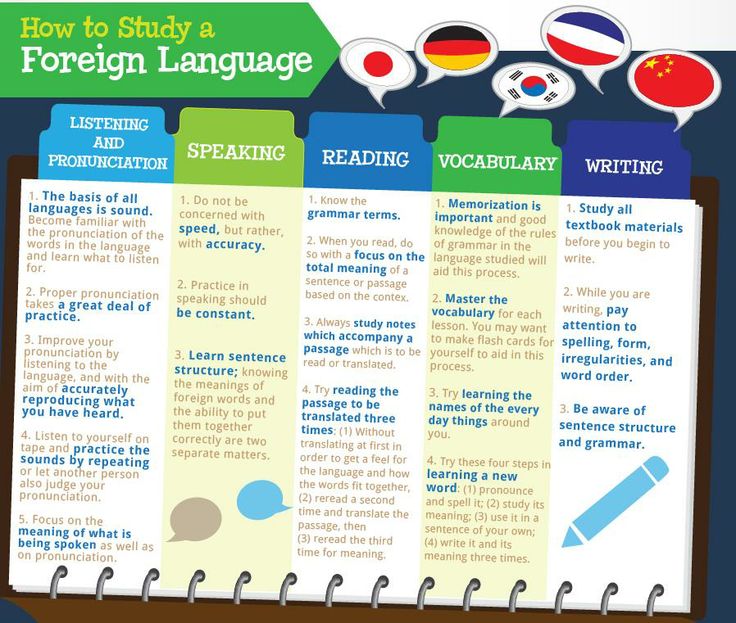
Phonological and Phonemic Awareness
Phonological awareness is the ability to recognize and manipulate the spoken parts of words — including rhymes, syllables, and phonemes.
Phonics and Decoding
Children's reading development is dependent on their understanding of the alphabetic principle — the idea that letters and letter patterns represent the sounds of spoken language.
Fluency
Fluency is the ability to read a text accurately, quickly, and with expression. Fluency is important because it provides a bridge between word recognition and comprehension.
Vocabulary
Vocabulary plays an important part in learning to read. Beginning readers must use the words they hear orally to make sense of the words they see in print.
Spelling
Learning to spell is built on a child's understanding that words are made up of separate speech sounds (phonemes) and that letters represent those sounds.
Comprehension
Comprehension is the reason for reading. Good readers think actively as they read. They use their experiences and knowledge of the world, vocabulary, language structure, and reading strategies to make sense of the text.
Good readers think actively as they read. They use their experiences and knowledge of the world, vocabulary, language structure, and reading strategies to make sense of the text.
Writing
A child's writing development parallels their development as a reader. Writing is a complex task that balances purpose, audience, ideas and organization with the mechanics of writing (sentence structure, word choice, spelling).
Informal Assessment
Regular informal assessments throughout the school year provides useful information that can help teachers to identify the individual strengths and weaknesses of each student.
Who's at Risk?
Some kids have a disability that makes reading difficult to learn. Others come to school without the literacy experiences they need to become readers. Some children struggle because they've received poor or inadequate reading instruction. The more risk factors a child has, the more likely it is that he or she will encounter reading problems.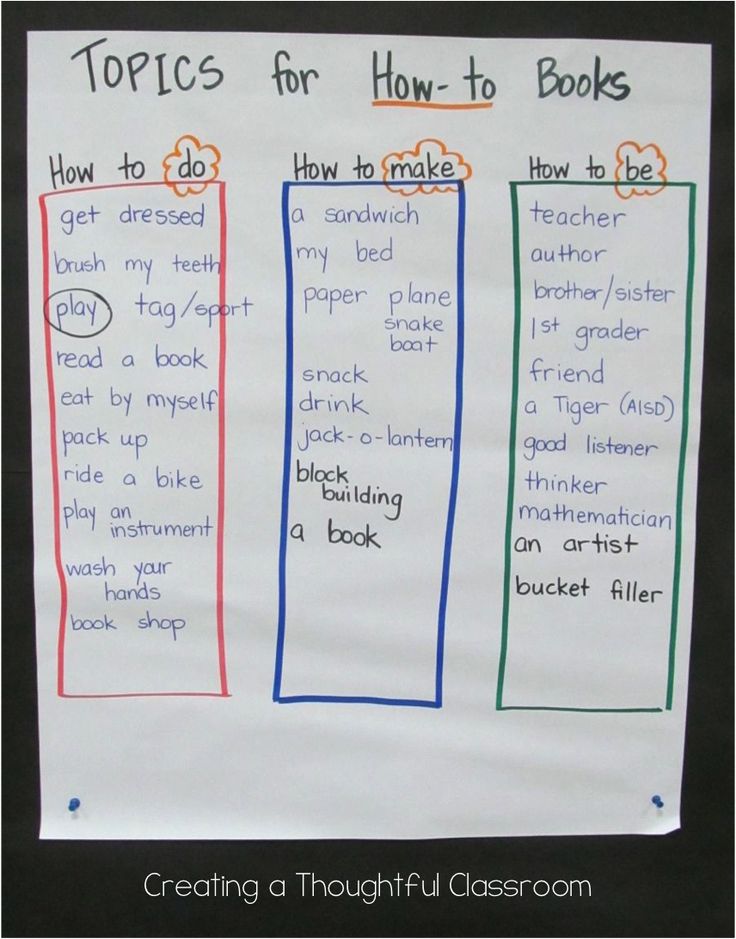
What Else Matters in Teaching Reading
In addition to an excellent reading curriculum, these factors play a critical role in helping students become strong readers: a teacher's skill with classroom management, differentiated instruction, working with the students' parents, and other interventions to help struggling readers.
Featured Video: Reading Basics
Featured Resources
Launching Young Readers
Our award-winning PBS series all about reading.
Classroom Strategies
Browse our library of effective teaching strategies.
Reading 101: A Guide to Teaching Reading and Writing
Our self-paced online course for teachers.
How to teach a child to read: important rules and effective techniques
October 26, 2022 Likbez Education
Teaching a preschooler to read without losing interest in books is real.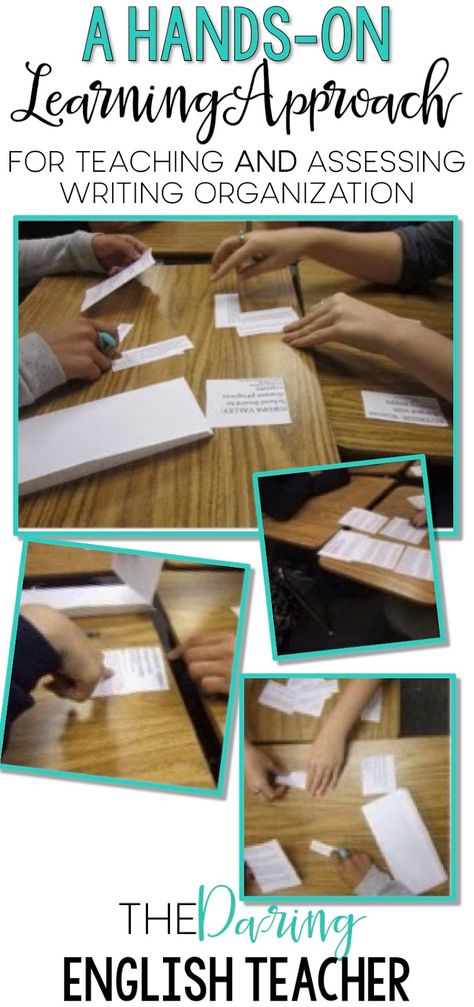 Lifehacker has selected the best ways for responsible parents.
Lifehacker has selected the best ways for responsible parents.
How to understand that it is time to teach a child to read
There are several signs of psychological readiness.
- The child speaks fluently in sentences and understands the meaning of what is said. nine0012
- The child understands directions: left-right, up-down. For learning to read, it is important that the baby can follow the text from left to right and from top to bottom.
- The child distinguishes sounds (what speech therapists call developed phonemic hearing). Simply put, the baby will easily understand by ear where the house and the bow are, and where the tom and the hatch are.
- Your child pronounces all the sounds and has no speech problems.
Natalia Zharikova
Speech therapist with 33 years of experience
A child with speech therapy problems does not hear and does not distinguish similar sounds. From here come errors with speech, and subsequently with reading, and even more often with writing. It is very difficult for a parent to identify violations on their own, so usually a teacher or a speech therapist can point this out to them.
It is very difficult for a parent to identify violations on their own, so usually a teacher or a speech therapist can point this out to them.
How to teach your child to read
Be patient and follow these simple guidelines.
Set an example
In a family where there is a culture and tradition of reading, children themselves will reach for books. Read not because it is necessary and useful, but because it is a pleasure for you. nine0003
Read together and discuss
Read aloud to the child and then look at the pictures together, encouraging them to interact with the book: “Who is this picture? Can you show me the cat's ears? And who is that standing next to her?” Older children can be asked more difficult questions: “Why did he do this? What do you think will happen next?"
Don't learn the letters as they are called in the alphabet
Instead, help your child remember the sound the letter makes. For example, you show the letter "m" and say: "This is the letter m (not em )".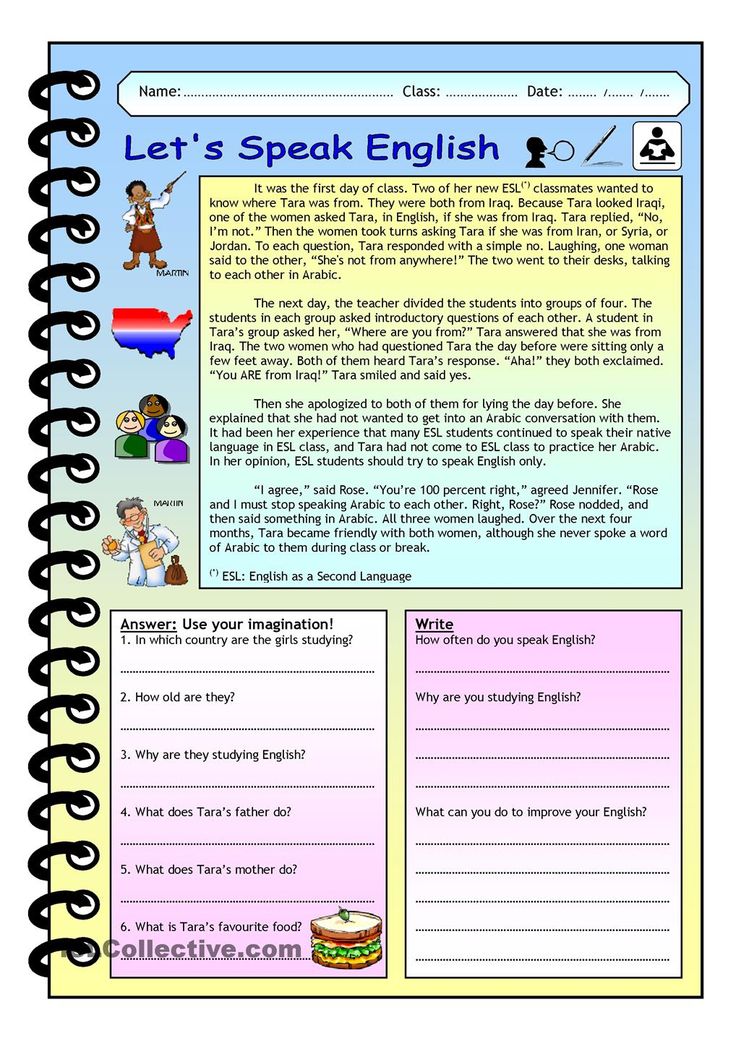 If a child remembers the alphabetic names of letters ( em , es, ef and so on), it will be quite difficult for him to learn to read. Then, when he sees the word ra-ma in the book, he will try to pronounce er-a-um-a .
If a child remembers the alphabetic names of letters ( em , es, ef and so on), it will be quite difficult for him to learn to read. Then, when he sees the word ra-ma in the book, he will try to pronounce er-a-um-a .
Go from simple to complex
Once the child has memorized a few letters (from 2 to 5) and the sounds they represent, move on to syllables. Let the words consisting of repeated syllables be the first: mum, dad, uncle, nanny . In this case, it is not necessary to break the syllable into separate sounds. Do not say: "These are the letters m and a , and together they read ma ". Immediately learn that the syllable is pronounced like ma , otherwise the baby may start to read letter by letter. After mastering simple combinations, move on to more complex ones: cat, zhu-k, house .
Help to understand the meaning of what they read
Do this when the child begins to slowly but surely reproduce words and whole sentences in syllables.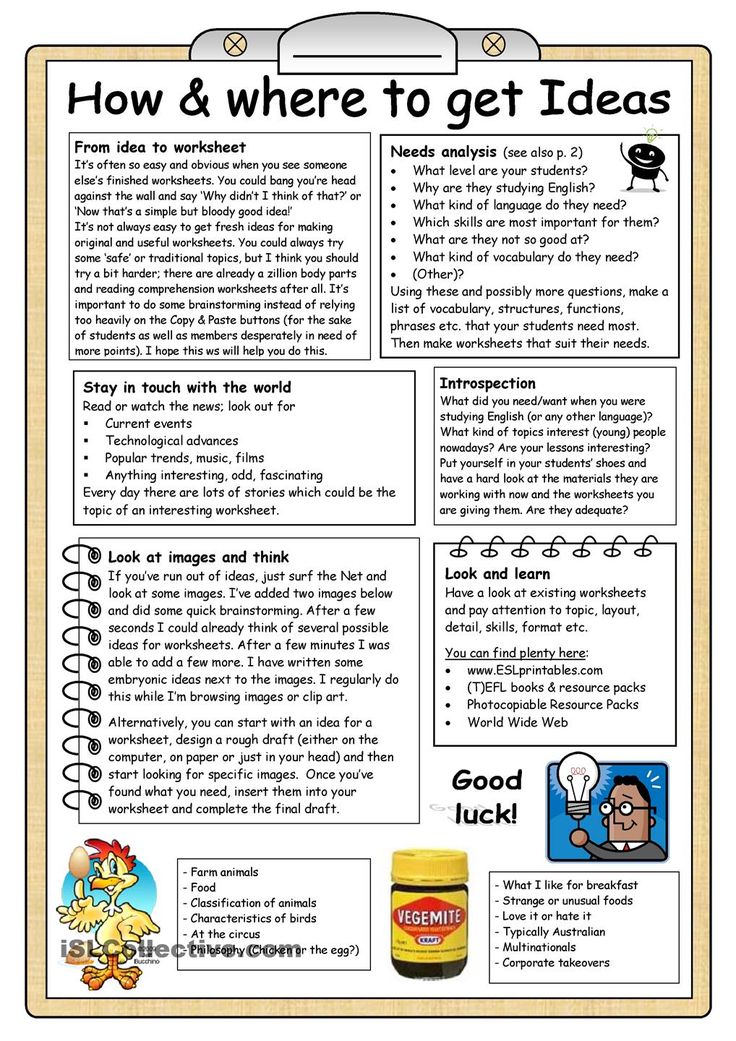 For example, the kid read: "Mom washed the frame." Stop and ask: “What did you just read about?”. If he finds it difficult to answer, let him read the sentence again. And you ask more specific questions: “Who washed the frame? What did mom wash? nine0003
For example, the kid read: "Mom washed the frame." Stop and ask: “What did you just read about?”. If he finds it difficult to answer, let him read the sentence again. And you ask more specific questions: “Who washed the frame? What did mom wash? nine0003
Show that letters are everywhere
Play a game. Let the child find the letters that surround him on the street and at home. These are the names of stores, and memos on information stands, and advertising on billboards, and even traffic light messages: it happens that the inscription “Go” lights up on green, and “Wait so many seconds” on red.
Play
And play again. Stack blocks with letters and syllables, make up words, ask your child to read you some kind of sign or inscription on the packaging in the store. nine0003
Natalia Zharikova
There are many exercises for memorizing letters. For example, circle the desired letter among a number of others, circle the correctly written among the incorrect ones, color or shade.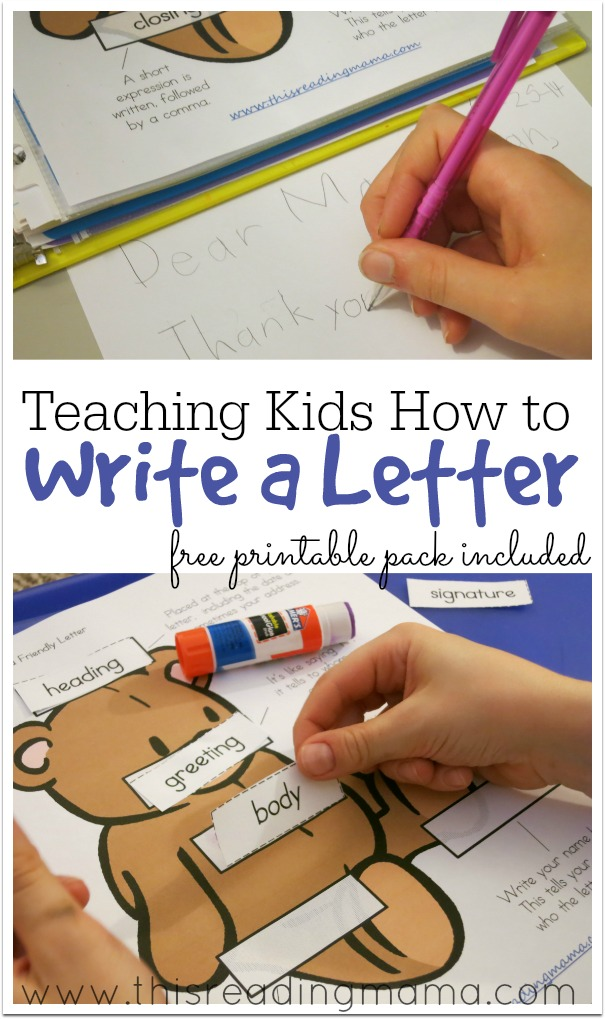 You can also ask the child to tell what the letter looks like.
You can also ask the child to tell what the letter looks like.
Use every opportunity to practice
Whether you are waiting in line at the clinic or driving somewhere, take out a book with pictures and short stories to accompany them and invite your child to read together. nine0003
Build on your success
Repeat familiar texts, look for familiar characters in new stories. Runaway Bunny is found both in "Teremka" and "Kolobok".
Do not force
This is perhaps the most important thing. Don't take away a child's childhood. Learning should not go through violence and tears.
What techniques to use to teach your child to read
Here are six popular, affordable and effective techniques. Choose one or try several and choose the one that interests your child the most. nine0003
1. ABCs and primers
Frame: This is all mine / YouTube Traditional, but the longest way. The difference between these books is that the alphabet fixes each letter with a mnemonic picture: a drum will be drawn on the page with B , and a spinning top next to Yu .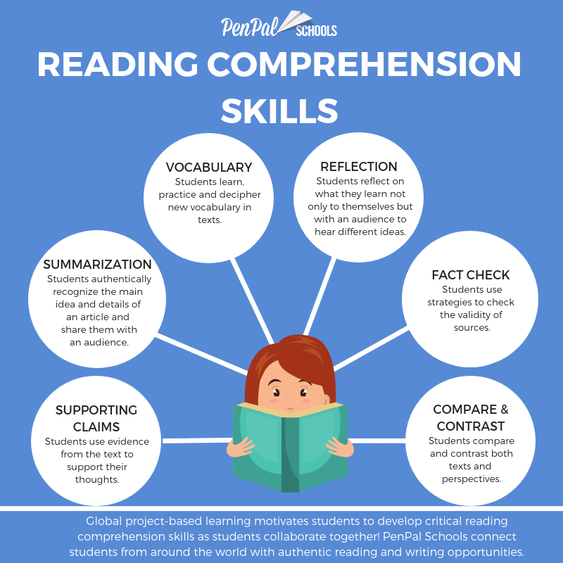 The alphabet helps to remember letters and often interesting rhymes, but will not teach you how to read.
The alphabet helps to remember letters and often interesting rhymes, but will not teach you how to read.
The primer consistently teaches the child to combine sounds into syllables, and syllables into words. This process is not easy and requires perseverance. nine0003
There are quite a lot of author's primers now. According to the books of Nadezhda Betenkova, Vseslav Goretsky, Dmitry Fonin, Natalya Pavlova, children can study both with their parents before school and in the first grade.
Parents agree that one of the most understandable methods for teaching preschoolers is Nadezhda Zhukova's primer. The author simply explains the most difficult thing for a child: how to turn letters into syllables, how to read ma-ma , and not start naming individual letters me-a-me-a .
2. Zaitsev's Cubes
Shot: Little Socrates / YouTube If a child consistently masters letters and syllables while learning from an ABC book, then in 52 Zaitsev's Cubes he is given access to everything at once: a single letter or combinations of consonant and vowel, consonant and hard or soft sign.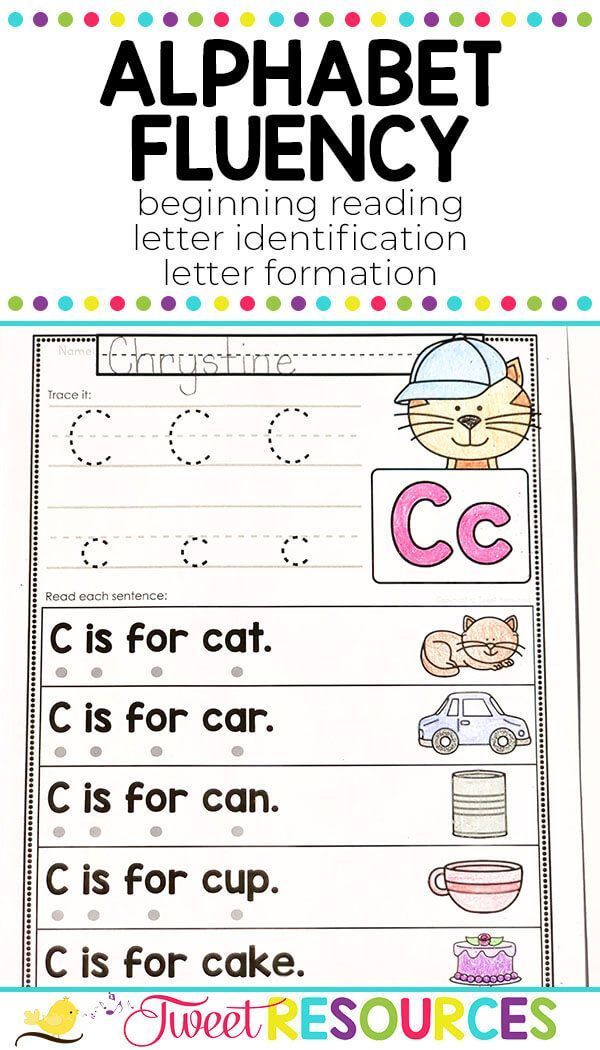
The child effortlessly learns the differences between voiceless and voiced sounds, because the cubes with voiceless consonants are filled with wood, and the cubes with voiced consonants are filled with metal. nine0003
The cubes also differ in size. The large ones depict hard warehouses, the small ones - soft ones. The author of the technique explains this by the fact that when we pronounce to (hard warehouse), the mouth opens wide, nor (soft warehouse) - lips in a half smile.
The set includes tables with warehouses that the parent sings (yes, he doesn’t speak, but sings).
The child quickly masters warehouse reading with the help of cubes. But there are also disadvantages: he may begin to swallow endings and face difficulties already at school when parsing a word by composition. nine0003
3.
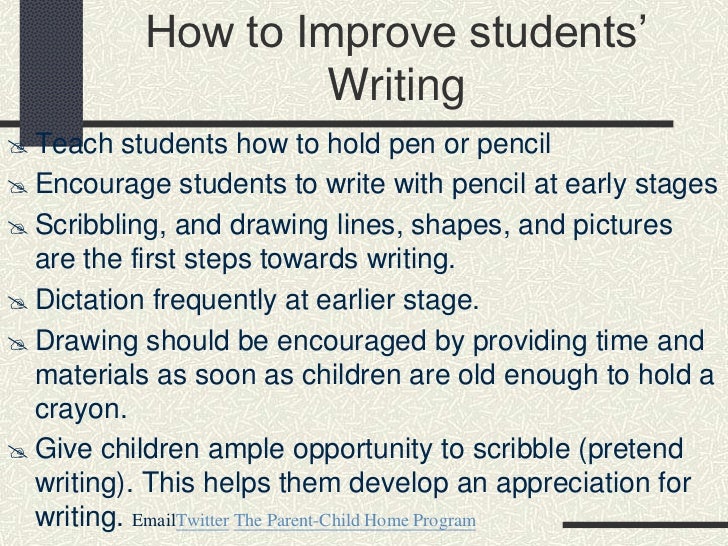 "Skladushki" and "Teremki" by Vyacheslav Voskobovich Frame: Play and Toy Club / YouTube
"Skladushki" and "Teremki" by Vyacheslav Voskobovich Frame: Play and Toy Club / YouTube In "Skladushki" Vyacheslav Voskobovich reworked Zaitsev's idea: 21 cards show all the warehouses of the Russian language with nice thematic pictures. Included is a CD with songs, the texts of which go under each picture.
Folders are great for kids who like looking at pictures. Each of them is an occasion to discuss with the child where the kitten is, what the puppy is doing, where the beetle flew. nine0003
It is possible to teach a child with these cards from the age of three. At the same time, it should be noted that the author of the methodology himself does not consider it necessary to force early development.
"Teremki" by Voskobovich consist of 12 wooden cubes with consonants and 12 cardboard cubes with vowels. First, the child gets acquainted with the alphabet and tries with the help of parents to come up with words that begin with each of the letters.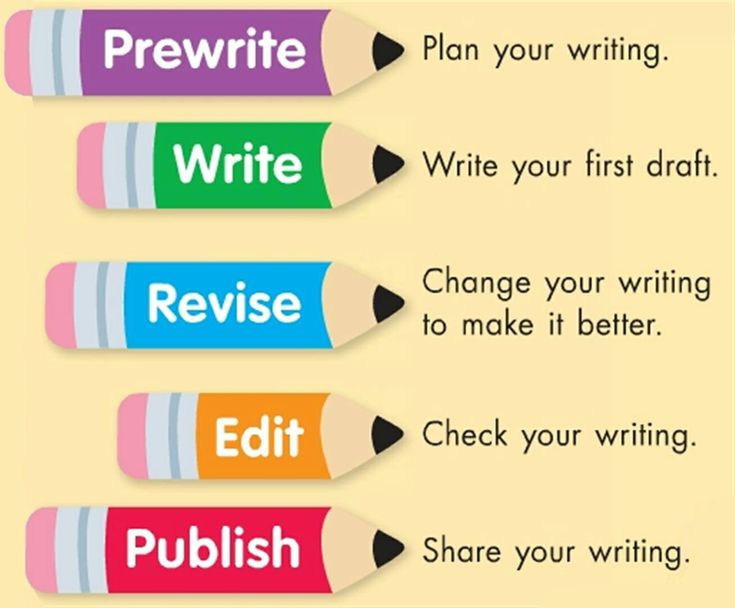
Then it's time to study the syllables. In the tower with the letter M is embedded A - and the first syllable is ma . From several towers you can lay out words. Learning is based on play. So, when replacing the vowel , house will turn into smoke .
You can start playing tower blocks from the age of two. At the same time, parents will not be left alone with the cubes: the kit includes a manual with a detailed description of the methodology and game options.
4. Chaplygin's dynamic cubes
Shot: Both a boy and a girl! Children's channel - We are twins / YouTube Evgeny Chaplygin's manual includes 10 cubes and 10 movable blocks. Each dynamic block consists of a pair - a consonant and a vowel. The task of the child is to twist the cubes and find a pair.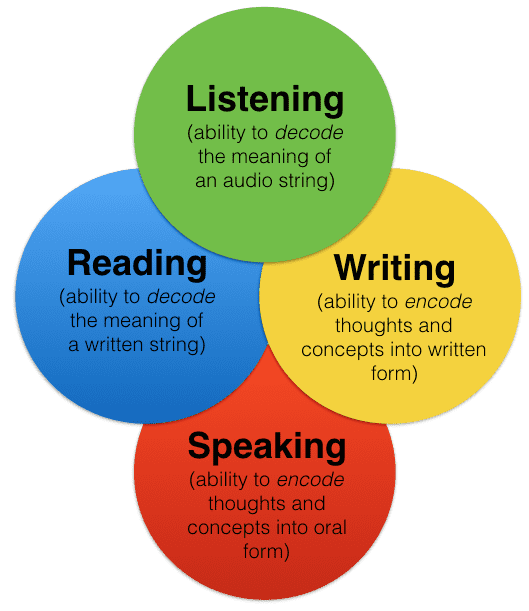
At the initial stage, as with any other method of learning to read in warehouses, the child makes the simplest words from repeating syllables: ma-ma, pa-pa, ba-ba . The involved motor skills help to quickly remember the shape of the letters, and the search for already familiar syllables turns into an exciting game. The cubes are accompanied by a manual describing the methodology and words that can be composed. nine0003
The optimal age for classes is 4-5 years. You can start earlier, but only in the game format.
5. Doman's cards
Frame: My little star / YouTube American doctor Glenn Doman suggests teaching children not individual letters or even syllables, but whole words. Parents name and show the child the words on the cards for 1-2 seconds. In this case, the baby is not required to repeat what he heard.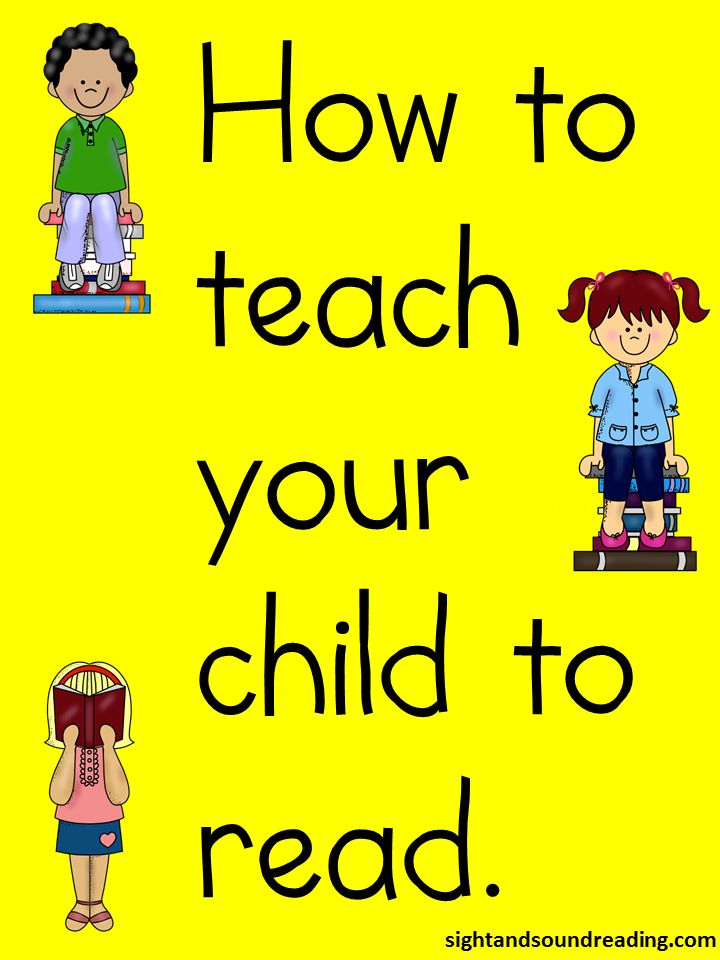
Classes start with 15 cards with the simplest concepts like females and males . Gradually, the number of words increases, those already learned leave the set, and the child begins to study phrases: for example, color + object, size + object.
How can one understand that a child has understood and memorized the visual image of a word, if the author of the methodology recommends starting classes from birth? Glenn Doman in "The Harmonious Development of the Child" strongly emphasizes that it is not necessary to arrange tests and checks for the child: kids do not like this and lose interest in classes. nine0003
It's better to remember 50 cards out of 100 than 10 out of 10.
Glenn Doman
But given that parents can't help but check, he advises the child to play the game if they want and are ready. For example, you can put a few cards and ask to bring one or point to it.
Today, psychologists, neurophysiologists and pediatricians agree that the Doman method is aimed not at teaching reading, but at mechanical memorization of visual images of words. The child turns out to be an object of learning and is almost deprived of the opportunity to learn something on his own. nine0003
The child turns out to be an object of learning and is almost deprived of the opportunity to learn something on his own. nine0003
It is also worth adding: in order to proceed to the stage of reading according to Doman, parents need to prepare cards with all (!) Words that are found in a particular book.
6. Montessori method
Photo: Kolpakova Daria / ShutterstockMontessori reading comes from the opposite: first we write and only then we read. Letters are the same pictures, so you first need to learn how to draw them and only then engage in pronunciation and reading. Children begin by tracing and shading the letters, and through this, they memorize their outline. When several vowels and consonants have been studied, they move on to the first simple words. nine0003
Much attention is paid to the tactile component, so children can literally touch the alphabet cut out of rough or velvety paper.
The value of the method lies in learning through play.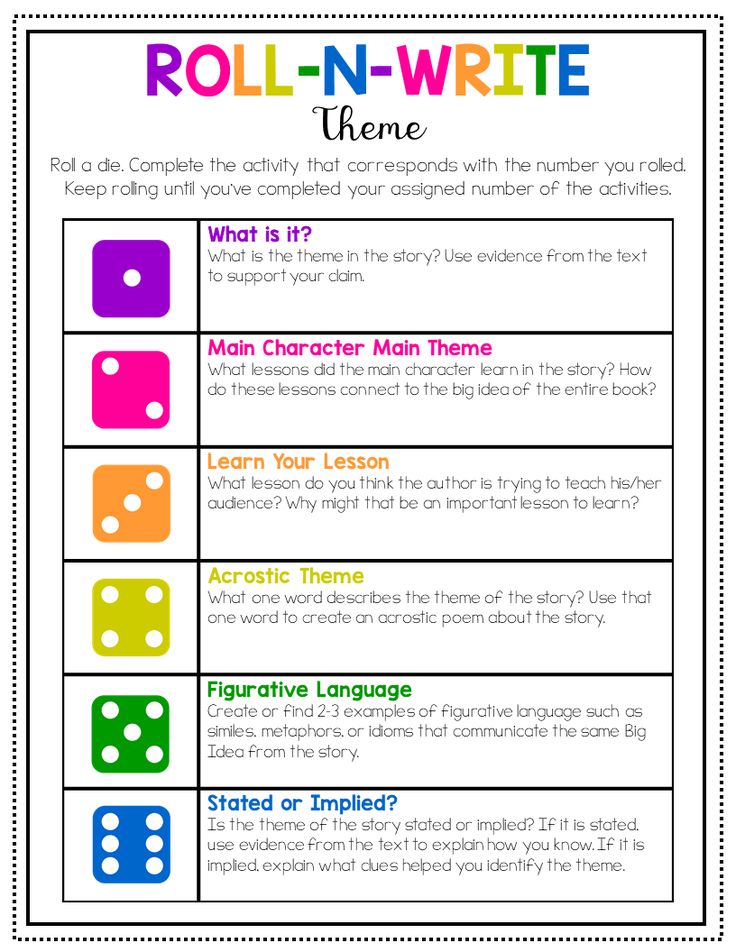 So, you can put a rough letter and a plate of semolina in front of the child and offer to first circle the sign with your finger, and then repeat this on the semolina.
So, you can put a rough letter and a plate of semolina in front of the child and offer to first circle the sign with your finger, and then repeat this on the semolina.
The difficulty for parents is to purchase or prepare a significant amount of handouts. But you can try to make cards with your own hands from cardboard and sandpaper. nine0003
What's the result
On the Internet and on posters advertising "educators", you will be offered ultra-modern methods of teaching your child to read at three, two years old or even from birth. But let's be realistic: a happy mother is needed a year, not developmental activities.
The authors of the methods as one insist that the most natural learning process for a child is through play, and not through classes in which the parent plays the role of a strict controller.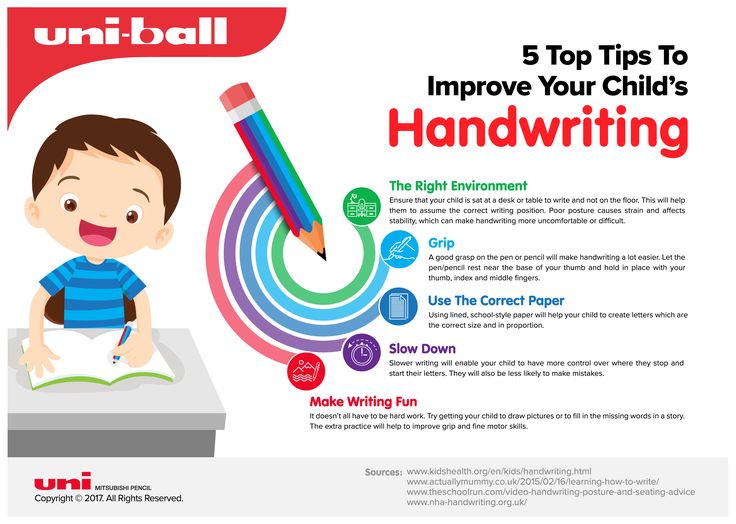 Your main assistant in learning is the curiosity of the child himself. nine0003
Your main assistant in learning is the curiosity of the child himself. nine0003
Some children will study for six months and start reading at three, others have to wait a couple of years to learn in just a month. Focus on the interests of the child. If he likes books and pictures, then primers and Folders will come to the rescue. If he is a fidget, then cubes and the Montessori system are better suited.
In learning to read, everything is simple and complex at the same time. If your child often sees you with a book, you have a tradition of reading before bed, your chances of getting your baby interested in reading will increase significantly. nine0003
See also 🧐
- How to teach a child to keep promises
- How to teach a child to say the letter "r"
- How to teach a child to ride a bicycle
- How to teach a child to swim
- How to teach a child to write
methods of teaching reading to the first grade
When to teach a child to read
There are early development studios where children are taught to read from the very first years of life. However, pediatricians do not recommend rushing and advise starting learning to read no earlier than 4 years old, best of all - at 5–6. By this age, most children already distinguish sounds well, can correctly compose sentences and pronounce words. Therefore, most often parents think about how to teach their child to read, already on the eve of school.
However, pediatricians do not recommend rushing and advise starting learning to read no earlier than 4 years old, best of all - at 5–6. By this age, most children already distinguish sounds well, can correctly compose sentences and pronounce words. Therefore, most often parents think about how to teach their child to read, already on the eve of school.
How to know if a child is ready to learn to read
Before you start teaching your child to read, you need to make sure that the child is ready and wants to learn. To do this, try to answer the following questions:
- Does the child know the concepts of “right-left”, “big-small”, “inside-outside”?
- Can he generalize objects according to these characteristics?
- Can he distinguish between similar and dissimilar forms?
- Is he able to remember and execute at least three instructions? nine0012
- Does he construct phrases correctly?
- Does he pronounce words clearly?
- Can he retell a story heard or happened to him?
- Can he formulate his feelings and impressions?
- Can you predict the ending of a simple story?
- Does he manage to participate in the dialogue?
- Can he listen without interrupting?
- Can he rhyme words?
- Do the letters attract his attention?
- Does the child have a desire to independently look at the book? nine0012
- Does he like being read aloud to him?
If you answered “yes” to these questions, your child is ready and will soon learn to read correctly.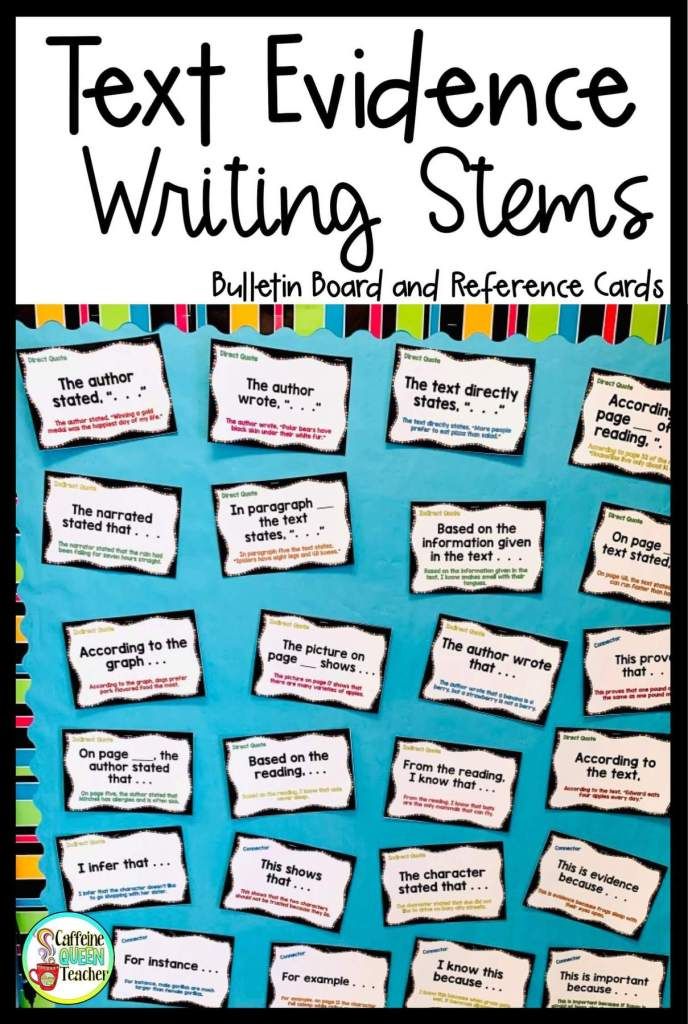
Methods for teaching reading
Most of the methods involve learning while playing so that the child is not bored and learns knowledge better.
<
Zaitsev's Cubes
For more than twenty years, these cubes have been introducing children to letters and teaching how to compose words and syllables. They allow you to understand how vowels and consonants, deaf and voiced sounds differ. There are 52 cubes in total, each of which depicts warehouses (combinations of a consonant and a vowel). The cubes vary in color and size, the large ones depict hard warehouses, while the small ones are soft. During classes, parents are encouraged to pronounce or sing warehouses so that the child remembers them better. nine0003 K Zaitsev's ubiki
Source: moya-lyalyas.ru
Vyacheslav Voskobovich's "Teremki" and "Folders"
windows. You can put cubes in them to make syllables. And from several towers you can make a word.
Source: catalog-chess.ru
Skladushki is a book with pictures, educational rhymes and songs. Parents sing them and in parallel show the warehouses in the pictures. The author of the methodology claims that a child of six years old can be taught to read in a month using "folds". nine0003 A page from V. Voskobovich's "folds"
Doman's cards
This method of teaching a child to read is based on memorizing whole words, from simple to more complex. First, the child masters the first 15 cards, which the parent shows him for 1-2 seconds and pronounces the words on them. Then the child tries to memorize phrases. This technique helps not only to learn more words, but also develops memory well in general.
Doman cardsSource: friendly-life.ru/kartochki-domana-dlya-samyh-malenkih
Maria Montessori's method of teaching reading
The essence of Montessori's method is that the child is first asked to feel the spelling of a letter, and then pronounce it. For this, didactic materials are used - cardboard plates with pasted letters, the outline of which the child traces with his finger, naming the sound. After studying consonants and vowels, you can move on to words and phrases. The Montessori method not only helps to learn to read, but also develops fine motor skills, logic, and the ability to analyze. nine0003 Montessori cards are easy to make yourself.
For this, didactic materials are used - cardboard plates with pasted letters, the outline of which the child traces with his finger, naming the sound. After studying consonants and vowels, you can move on to words and phrases. The Montessori method not only helps to learn to read, but also develops fine motor skills, logic, and the ability to analyze. nine0003 Montessori cards are easy to make yourself.
Source: hendmeid.guru
Olga Soboleva's technique
The author of this technique believes that one should start learning not from the abstract alphabet, but immediately in practice - by analyzing simple texts. The Soboleva program allows you to teach a child to read from the age of five - at this age, children are already able to keep their attention on a line of text. Different approaches are offered depending on how it is easier for a child to perceive the world - by eye, by ear or by touch. In addition to reading skills, the technique develops interest in creativity, imagination, attention and memory. nine0003 Source: freepik.com / @gpointstudio
nine0003 Source: freepik.com / @gpointstudio
How to teach a child to read by syllables
Teaching a child to read by syllables should be done in stages. First, explain to him that sounds are vowels and consonants, deaf and voiced. Say them with the child - he must understand how they differ. Letters and sounds can be learned while walking: draw your child's attention to the letters on signs and announcements, and soon he will learn to recognize them.
When the child has mastered the letters and sounds, start teaching him to read simple words - "mom", "dad". Then move on to more complex ones - “grandmother”, “dog”, “apartment”. Show your child that syllables can be sung. nine0003 Syllabary for learning to read
Next, move on to word formation. You can cut cards with syllables and invite the child to make words out of them. When he gets comfortable, move on to reading short texts. It is better to start with two or three phrases, and a little later switch to texts of five to ten sentences.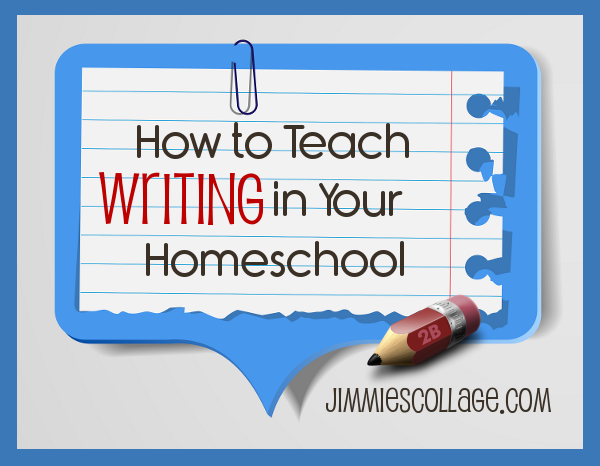
To enroll in Foxford Online Elementary School, a child must have at least basic reading, numeracy and writing skills. To check the readiness of the child for school, we offer to pass a small test that does not require special preparation. nine0003 Source: freepik.com
Exercises for learning to read
There are many exercises on the Internet that help children learn to read, you can print them out and start learning right away. Start with exercises that teach you to recognize letters and tell correct spellings from incorrect spellings.
From O. Zhukova's manual “Learning to read. Simple Exercises.Source: mishka-knizhka.ru
When the child gets used to the letters, move on to the exercises for syllables. For example, like this:
Geometric hint exercise. For greater clarity, blocks with words can be cut out.
Such exercises not only teach reading, but also develop logical thinking well:
Gradually move on to exercises that require not only reading correctly, but also writing words:
you need to find and cross out the words on the field of letters.
Games for learning to read
With the help of cubes or cards with letters and syllables, you can play different educational games with your child. Let's take a few examples.
Garages
Take a word of 3-4 syllables and place the cards in random order on the floor. Explain to the child how these syllables are read. These will be garages. Give the child different toys and offer to send them to the garage as you wish: for example, the car goes to the TA garage, the bear goes to the RA garage, the ball rolls to the KE garage, and so on. Make sure your child is positioning the toys correctly. At the end of the game, invite the child to make a word from garage syllables. Perhaps not the first time, but he will get a "ROCKET". Gradually introduce new syllables into the game. nine0003
<
Store
Lay out images of various goods on the table - this is a store, and you are a seller. Give your child a stack of cards with syllables - they will function as money. The child needs to buy all the items in the store, but each item is only sold for the syllable it starts with. For example, fish can only be bought for the syllable "RY", milk - for the syllable "MO", and so on. Give your child a few extra cards to make the task more difficult. When he gets used to it, change the conditions of the game: for example, sell goods not for the first, but for the last syllables. The game is both simple and complex: it will allow the child to understand that words are not always spelled the way they are pronounced. After all, a cow cannot be bought for the syllable "KA", for example. nine0003
The child needs to buy all the items in the store, but each item is only sold for the syllable it starts with. For example, fish can only be bought for the syllable "RY", milk - for the syllable "MO", and so on. Give your child a few extra cards to make the task more difficult. When he gets used to it, change the conditions of the game: for example, sell goods not for the first, but for the last syllables. The game is both simple and complex: it will allow the child to understand that words are not always spelled the way they are pronounced. After all, a cow cannot be bought for the syllable "KA", for example. nine0003
Lotto
Game for several people. Give the children several cards with syllables. Take out the cubes with syllables one by one from the box and announce them. Whoever has a card with such a syllable - he takes it. The first person to complete all the cards wins. During the game, children will accurately remember the syllables that they had on their hands.
Summary
Finally, a few more tips on how to teach a child to read:
- It is better to start teaching children to read by memorizing letters.
 It is important that the child can recognize and name them without hesitation. nine0012
It is important that the child can recognize and name them without hesitation. nine0012 - In the early stages, pronounce the consonants as they are read in words: not [em], [el], [de], but [m], [l], [d] — this way it will be easier for the child to find his bearings.
- Sculpt letters from plasticine, draw and color, buy an alphabet with voice acting - use all the channels of the child's perception.
- Gradually build letters into syllables and then into words. Play rearranging letters and syllables, let the child experiment.
- Teach your child rhymes about the letters of the alphabet, look at the primer, use cards with letters and pictures. Thanks to the illustrations, the child will be able to memorize the symbols faster. nine0012
- Distribute the load: fifteen minutes a day is better than an hour twice a week. Alternate entertaining and serious tasks.
- You can hang signs with their names on objects in the child's room - the child will quickly learn to recognize them in texts.
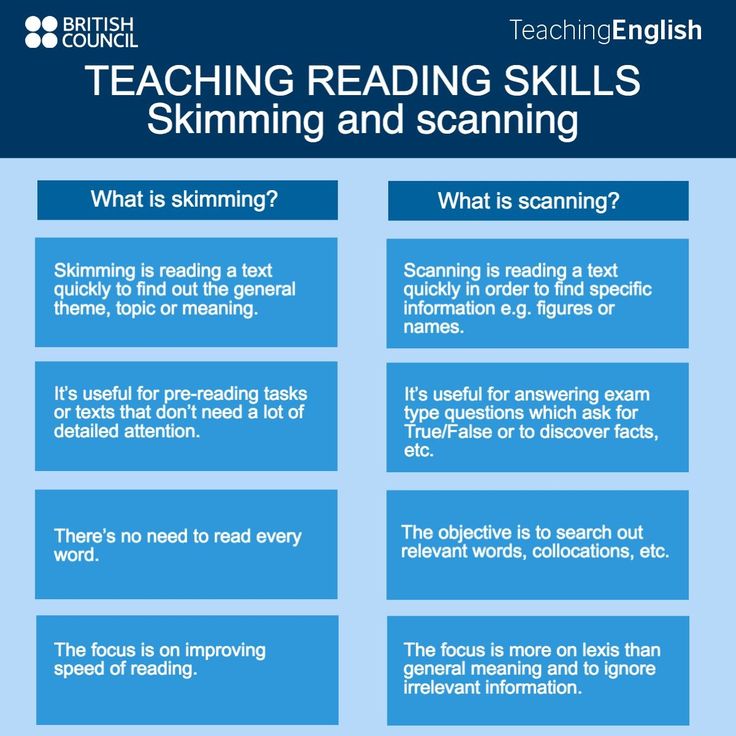
Learn more

